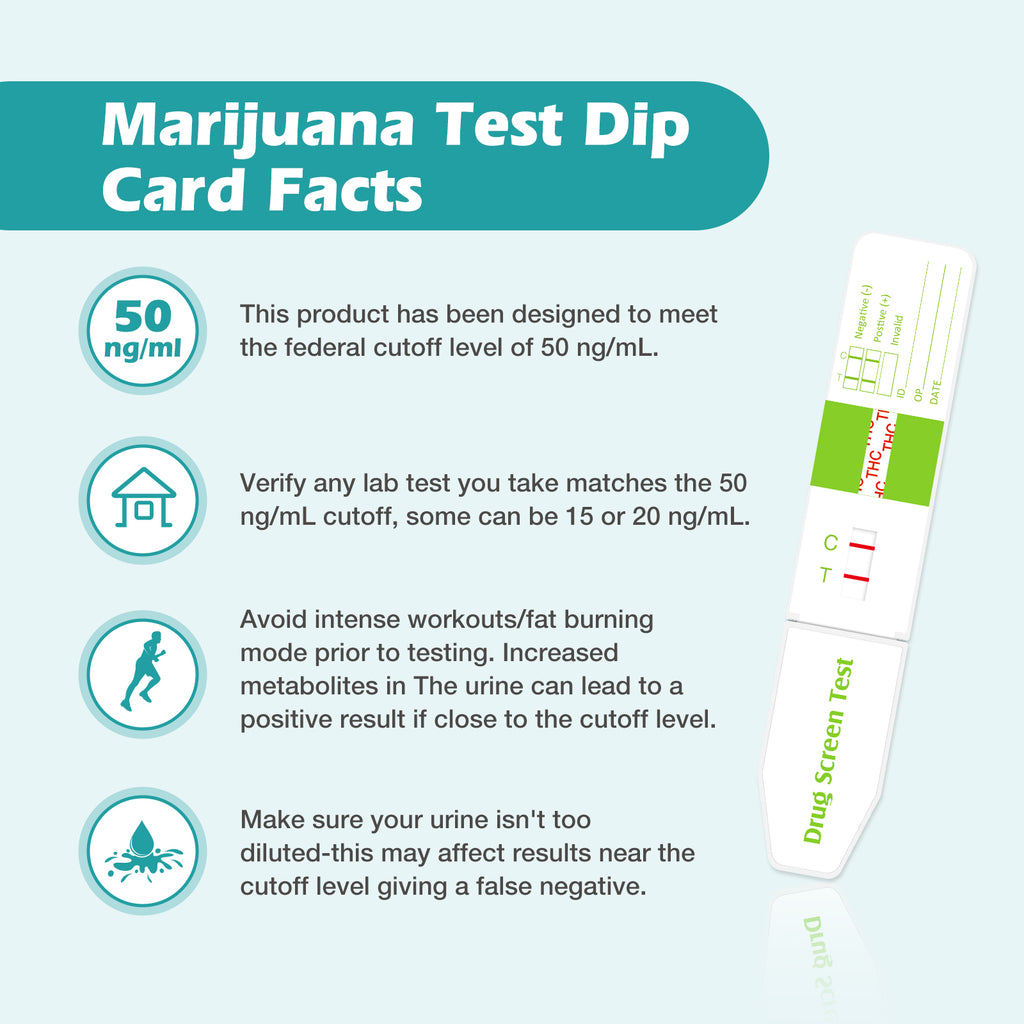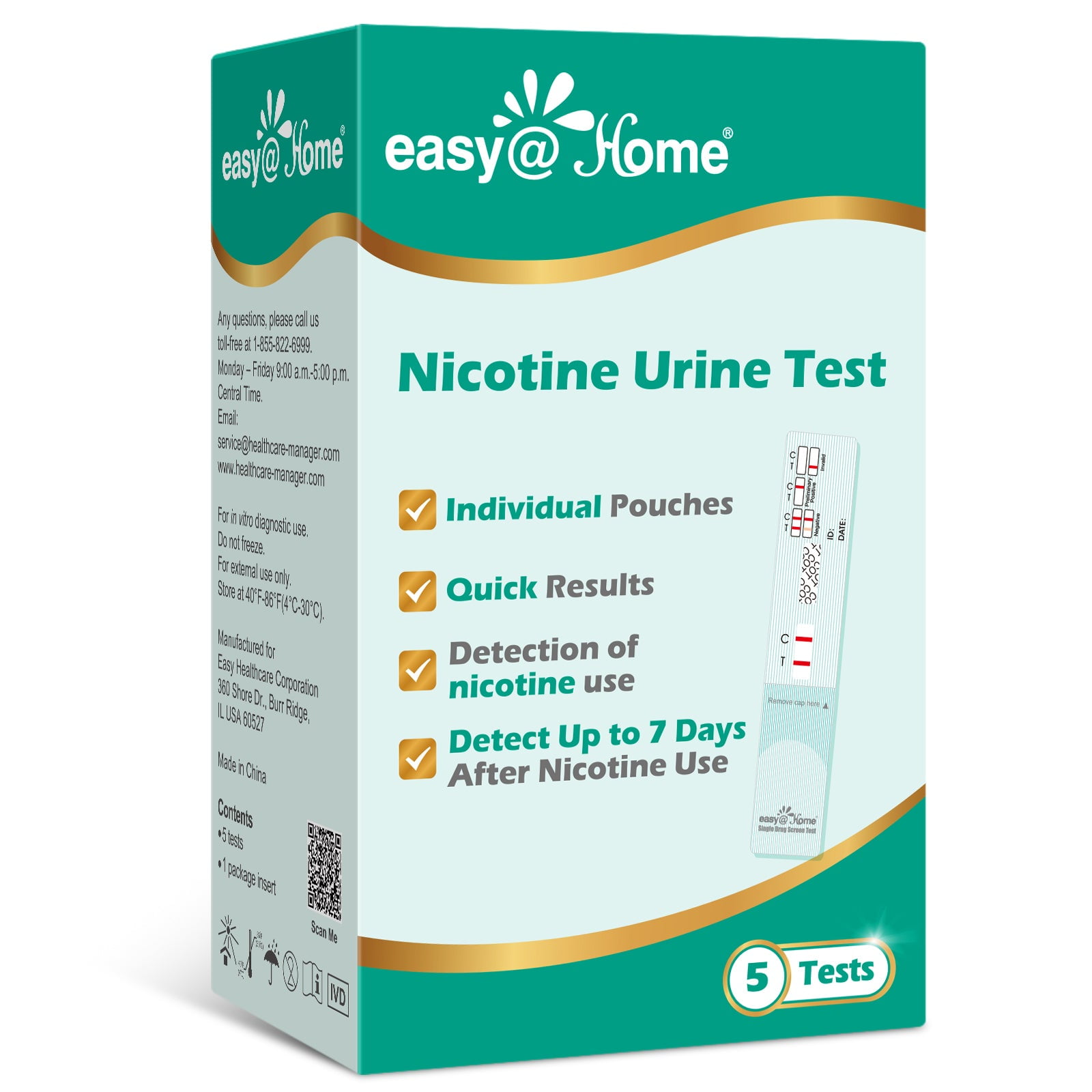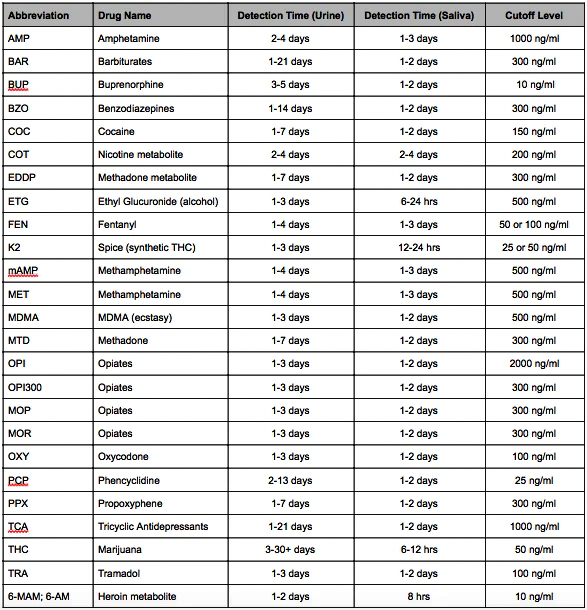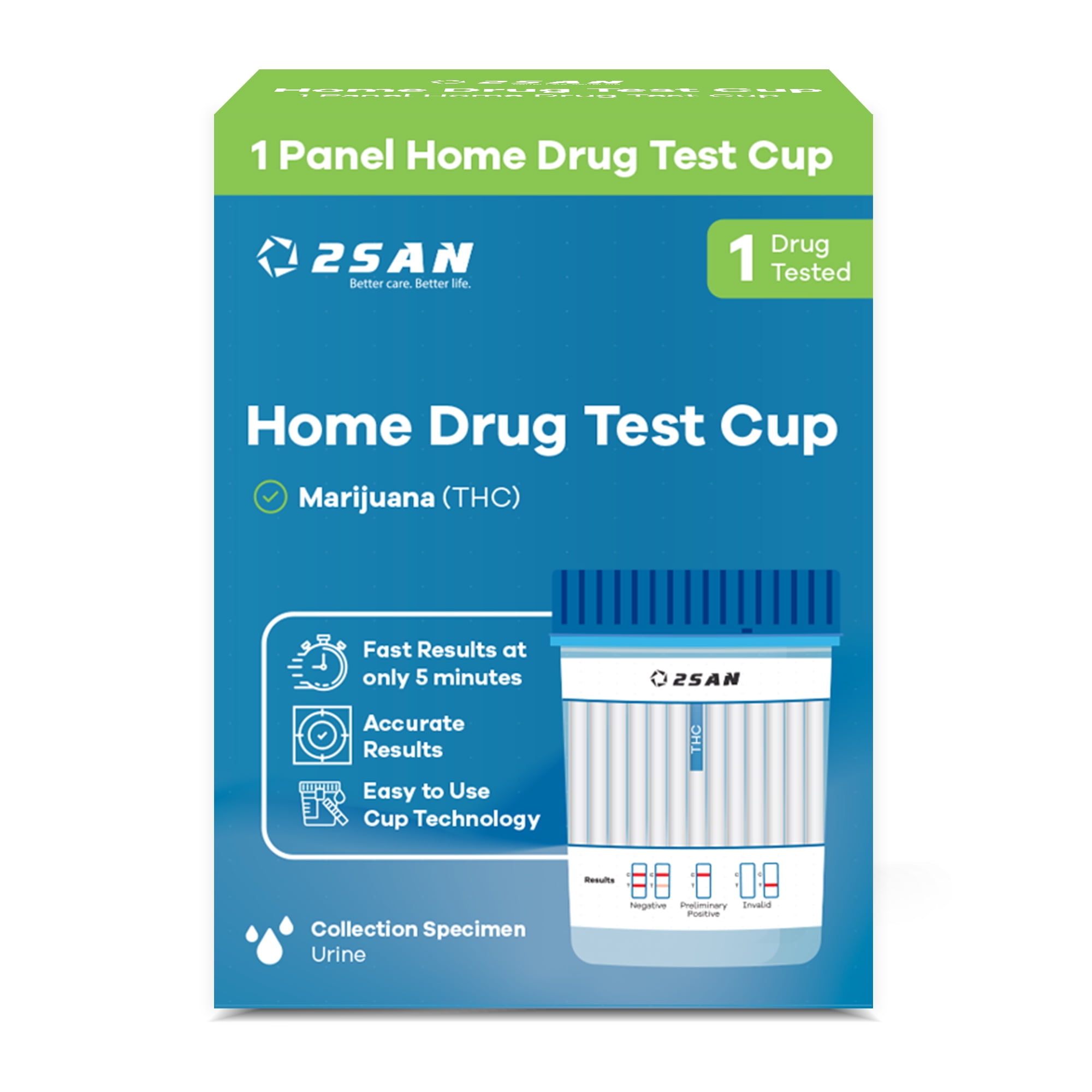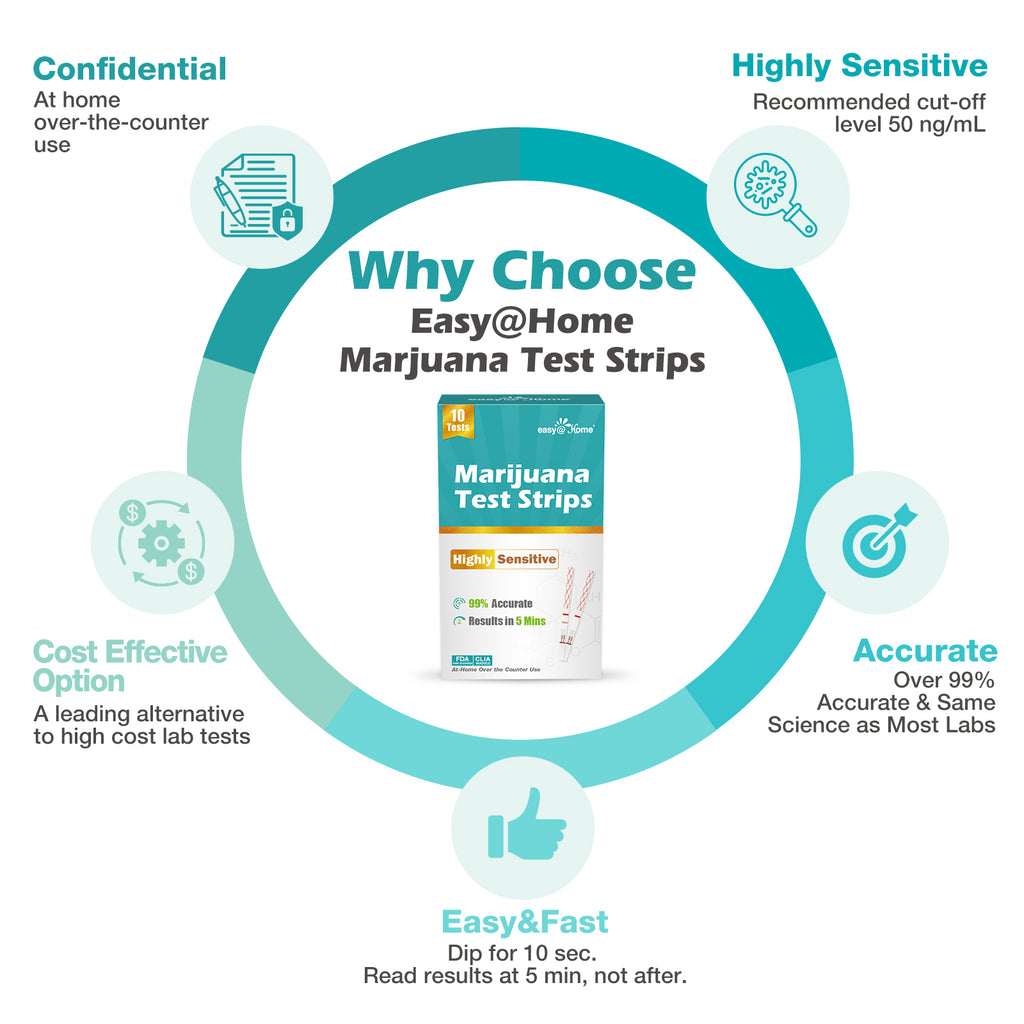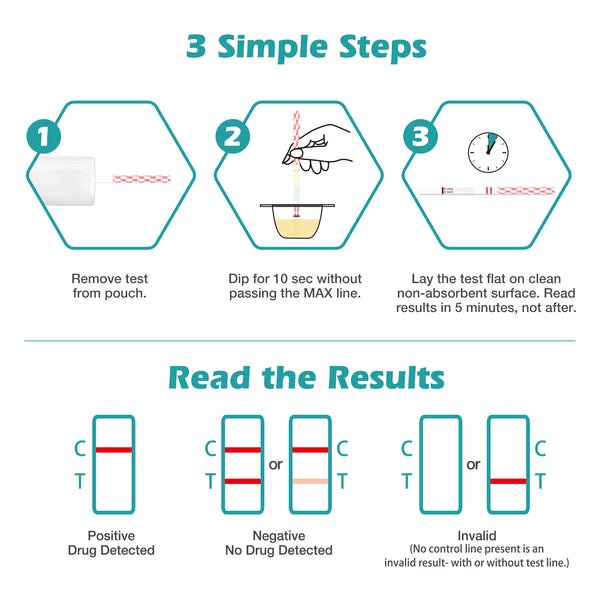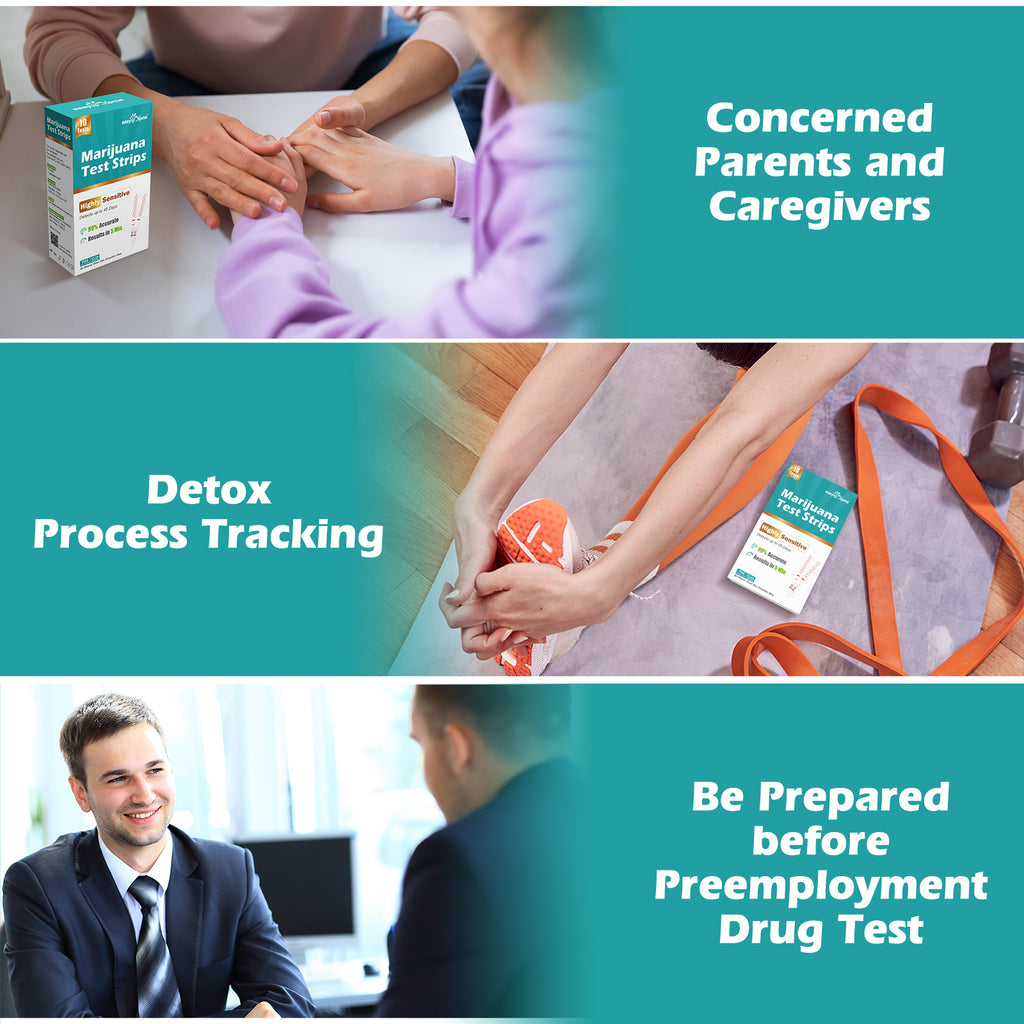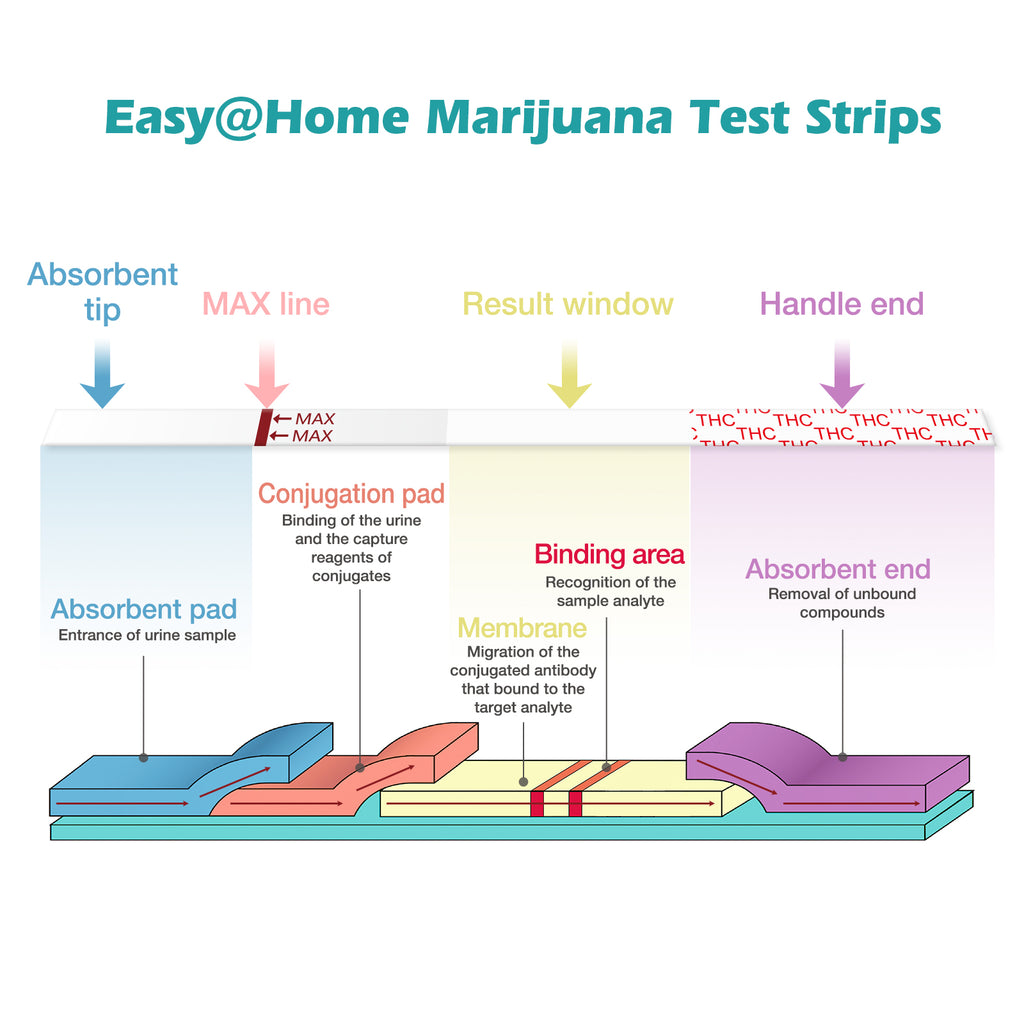Easy Home Drug Test Cutoff Levels
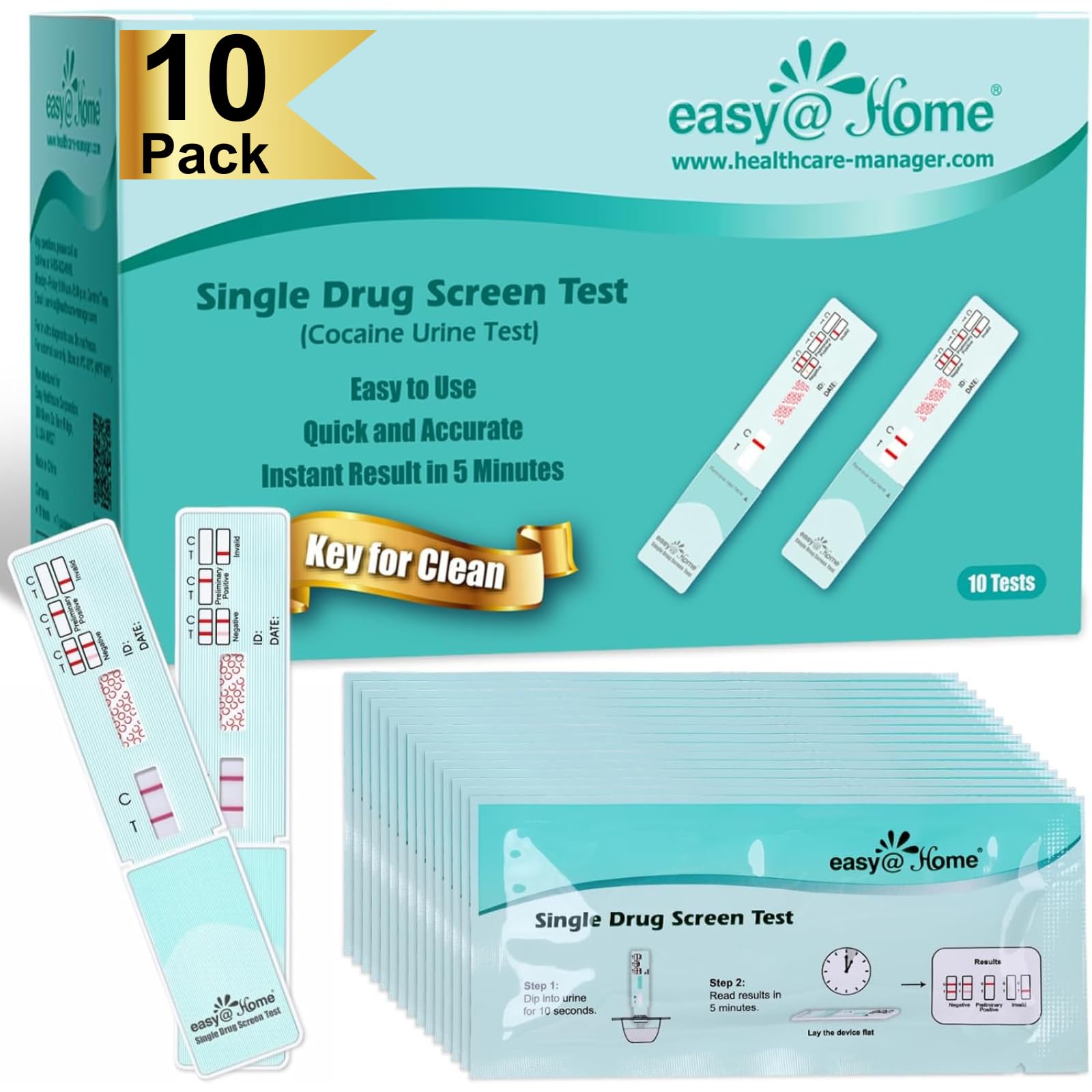
Imagine you're a parent, staring at a small, plastic cup on your bathroom counter. The fate of trust, communication, and perhaps even a child’s future, seems to hang in the balance, all resting on the results of a home drug test. The faint lines, the digital readouts – they promise clarity, but often bring more questions than answers. What exactly do these results mean? And how are they determined?
Understanding the cutoff levels used in easy home drug tests is crucial for interpreting results accurately and making informed decisions. These levels, set by regulatory bodies and manufacturers, determine the concentration of a substance needed for a test to register as positive. This article delves into the world of home drug test cutoff levels, explaining their significance, how they're established, and what they mean for you.
The Basics of Drug Testing and Cutoff Levels
Drug tests, whether conducted at home, in a lab, or in a workplace, don't simply detect the presence of a substance. They measure the concentration of drug metabolites – the substances your body breaks down the drug into – in a sample, usually urine.
A cutoff level is the concentration threshold above which a test is considered positive. If the concentration of the drug metabolite is below this level, the test will be negative, even if the substance was present in the system at some point.
Why Are Cutoff Levels Necessary?
Cutoff levels are vital for several reasons. First, they help to avoid false positives due to passive exposure to drugs or the presence of similar, but legal, substances.
Second, they provide a standardized measure for interpreting test results. This standardization ensures consistency and fairness across different testing scenarios. Without them, even tiny, insignificant traces of a substance could lead to inaccurate and potentially life-altering consequences.
Understanding Common Cutoff Levels
The Substance Abuse and Mental Health Services Administration (SAMHSA) sets guidelines for federal workplace drug testing programs, including recommended cutoff levels for various substances. Many home drug tests align with these guidelines, though manufacturers can also set their own standards, sometimes slightly higher or lower.
Here are some common drugs and their typical cutoff levels in urine drug tests, generally expressed in nanograms per milliliter (ng/mL):
- Marijuana (THC): 50 ng/mL (This is the SAMHSA-recommended level for initial screening)
- Cocaine (Benzoylecgonine): 150 ng/mL
- Opiates (Morphine/Codeine): 2000 ng/mL (This covers several opiates. Specific levels for semi-synthetic opioids like Oxycodone or Hydrocodone may differ on confirmatory tests.)
- Amphetamines (Amphetamine/Methamphetamine): 1000 ng/mL
- Phencyclidine (PCP): 25 ng/mL
It's important to carefully read the instructions included with any home drug test. The specific cutoff levels used by that particular test should be clearly stated.
The Two-Tiered Testing Process
Many drug testing protocols involve a two-tiered process: an initial screening test and a confirmatory test. The initial screening test, often using an immunoassay method, is designed to be sensitive and detect the presence of a wide range of substances.
If the initial screening is positive, a more specific and accurate confirmatory test, usually gas chromatography-mass spectrometry (GC-MS) or liquid chromatography-mass spectrometry (LC-MS), is performed. Confirmatory tests not only identify the specific drug present but also quantify its concentration with greater precision.
Confirmatory tests often use lower cutoff levels than initial screening tests. This ensures that any positive result is definitively confirmed, reducing the risk of false positives.
Factors Affecting Drug Test Results
Several factors can influence drug test results and make interpretation challenging. These include:
- Metabolism: How quickly a person metabolizes drugs varies based on genetics, age, weight, and overall health.
- Dosage and Frequency of Use: Higher doses and more frequent use will result in higher concentrations of drug metabolites.
- Time Since Last Use: Drug metabolites remain detectable for varying lengths of time, depending on the drug.
- Hydration: Drinking large amounts of water can dilute urine, potentially lowering the concentration of drug metabolites below the cutoff level. However, labs often test for creatinine levels to detect dilution.
- Cross-Reactivity: Certain medications or foods can sometimes cause false positives on screening tests, though these are usually ruled out by confirmatory testing.
Understanding these factors is crucial for avoiding misinterpretations of drug test results. A negative test doesn't necessarily mean the person has never used drugs, only that the concentration of metabolites was below the cutoff level at the time of the test.
Home Drug Tests: Benefits and Limitations
Home drug tests offer several potential benefits, including convenience, privacy, and the ability to address concerns about drug use early on.
However, they also have limitations. Accuracy can vary depending on the brand and how carefully the instructions are followed. Moreover, home tests lack the chain of custody documentation and legal defensibility of lab-based tests.
Perhaps the biggest limitation is the potential for misinterpretation and misuse of the results. Using a home drug test should be part of a larger conversation about substance use, trust, and open communication, not a replacement for it.
According to the National Institute on Drug Abuse (NIDA), while drug testing can be a deterrent, it is most effective when combined with education, prevention programs, and access to treatment. Simply presenting a positive or negative test result without context or support can be damaging to relationships and counterproductive.
Interpreting Results Responsibly
If you use a home drug test, it's essential to interpret the results responsibly. Avoid jumping to conclusions based solely on the test result.
If the test is positive, consider the factors that might have influenced the result, such as medications or passive exposure. It's wise to seek professional guidance from a healthcare provider or counselor to discuss the results and determine the appropriate course of action.
If you are considering drug testing your child, starting with an open and honest conversation about drugs and the reasons for your concern is key. Explain why you feel the need to test and emphasize that your goal is to support their well-being, not to punish them.
"Trust is like a vase, once broken, though you can glue it back together, the vase will never be quite the same."
The Ethical Considerations
The use of home drug tests raises several ethical considerations. Privacy, consent, and the potential for coercion are all important concerns.
Testing someone without their knowledge or consent is a violation of their privacy and can damage trust. Furthermore, pressuring someone to take a drug test can be coercive and undermine their autonomy.
For parents, the decision to drug test their children should be made carefully, considering the potential impact on the parent-child relationship. Open communication and a focus on support and treatment, rather than punishment, are essential.
Looking Ahead
As technology advances, drug testing methods are becoming more sophisticated and readily available. New tests are emerging that can detect a wider range of substances and provide more detailed information about drug use patterns.
However, it's crucial to remember that drug testing is just one tool in addressing the complex issue of substance abuse. Prevention, education, treatment, and open communication remain the most effective strategies for promoting healthy choices and supporting individuals struggling with addiction.
Ultimately, the most valuable investment is in building strong, trusting relationships based on open communication and mutual respect. Drug tests can offer a snapshot in time, but they can’t replace the ongoing dialogue and unwavering support that are essential for fostering a healthy and drug-free environment.
